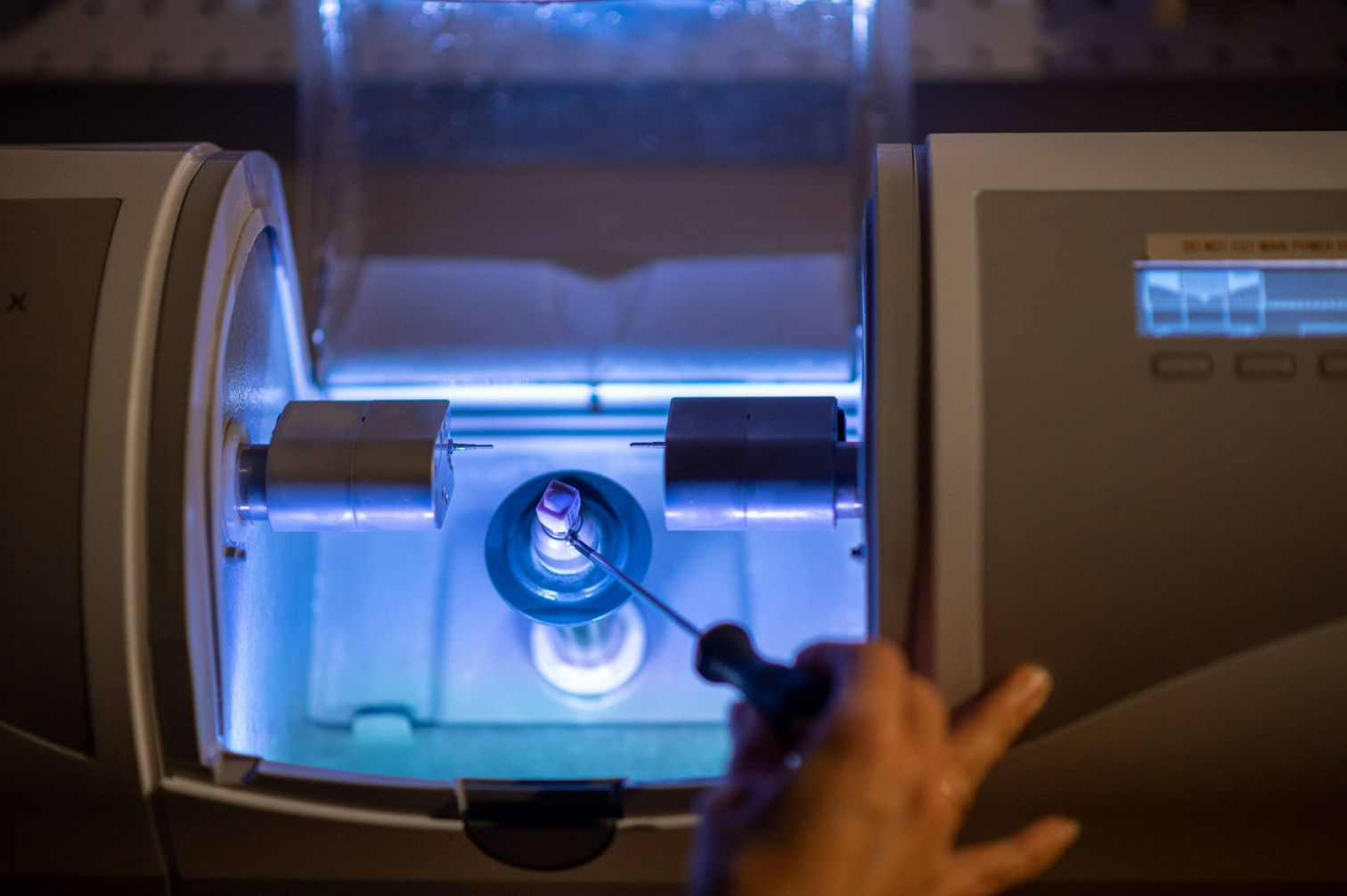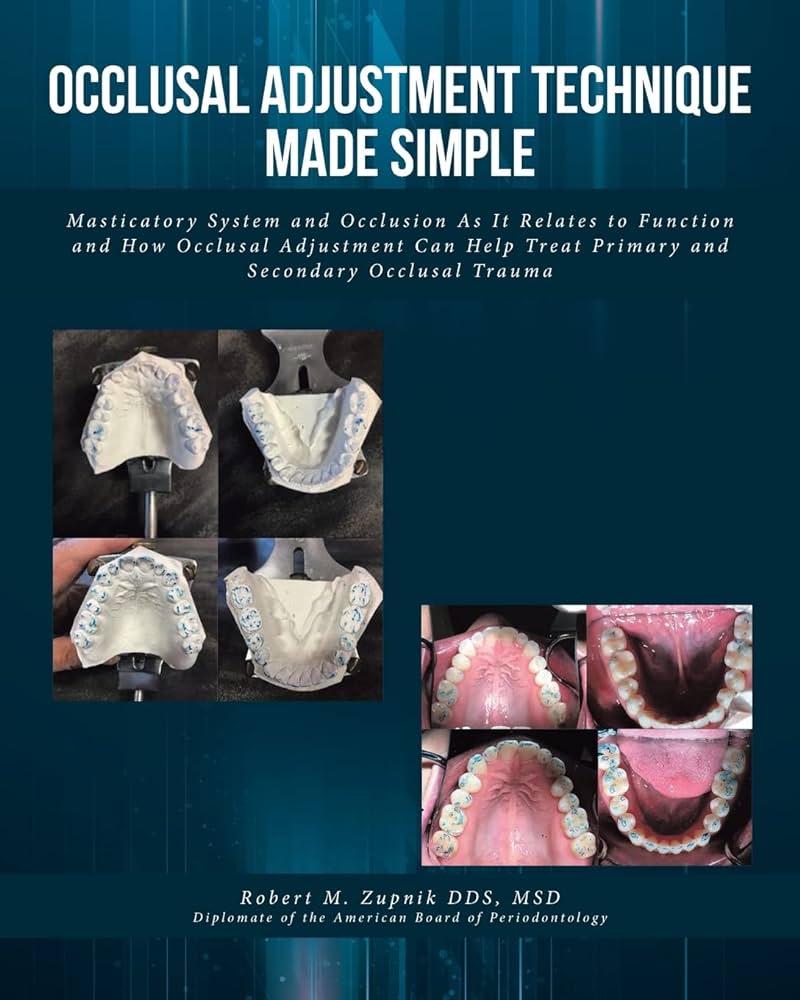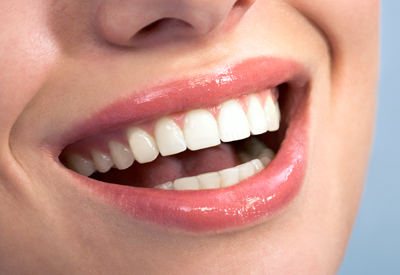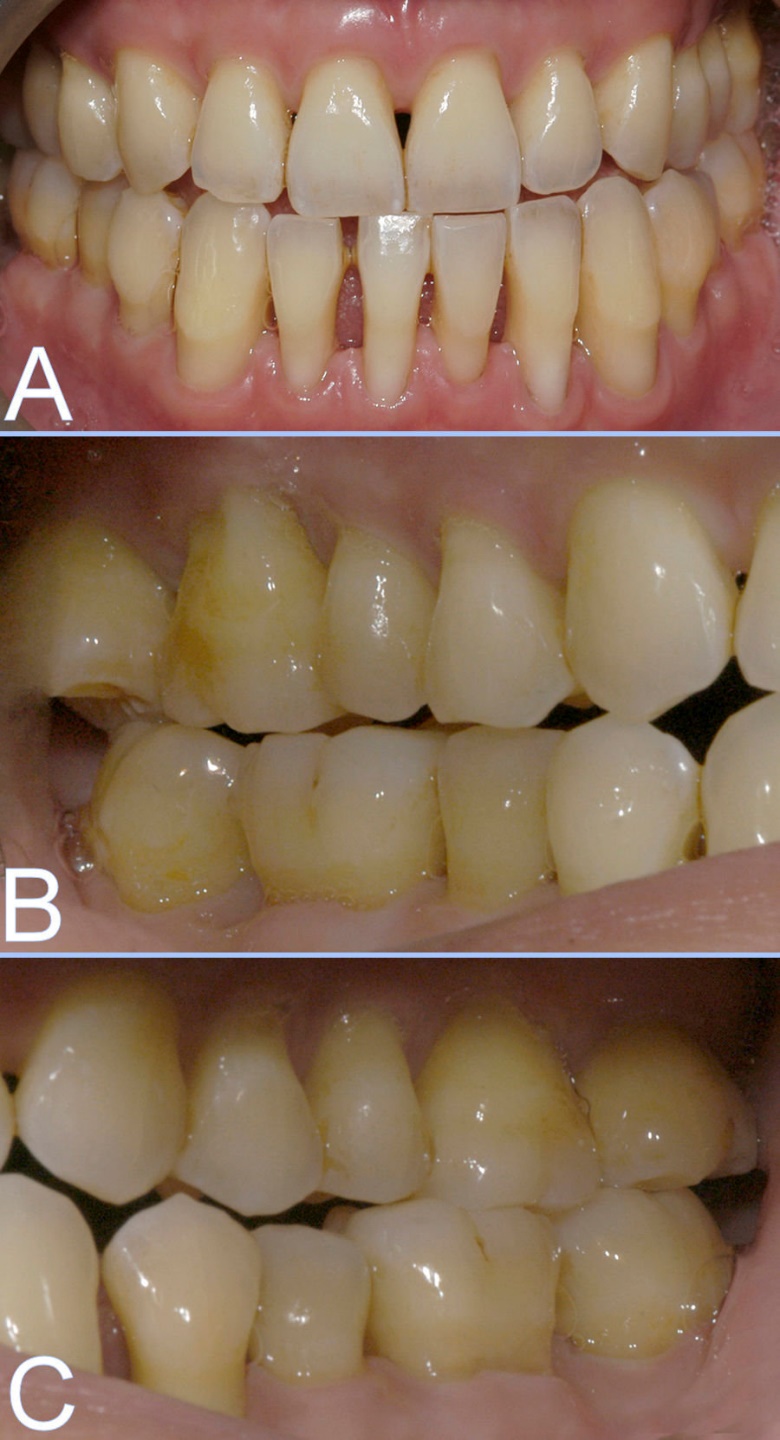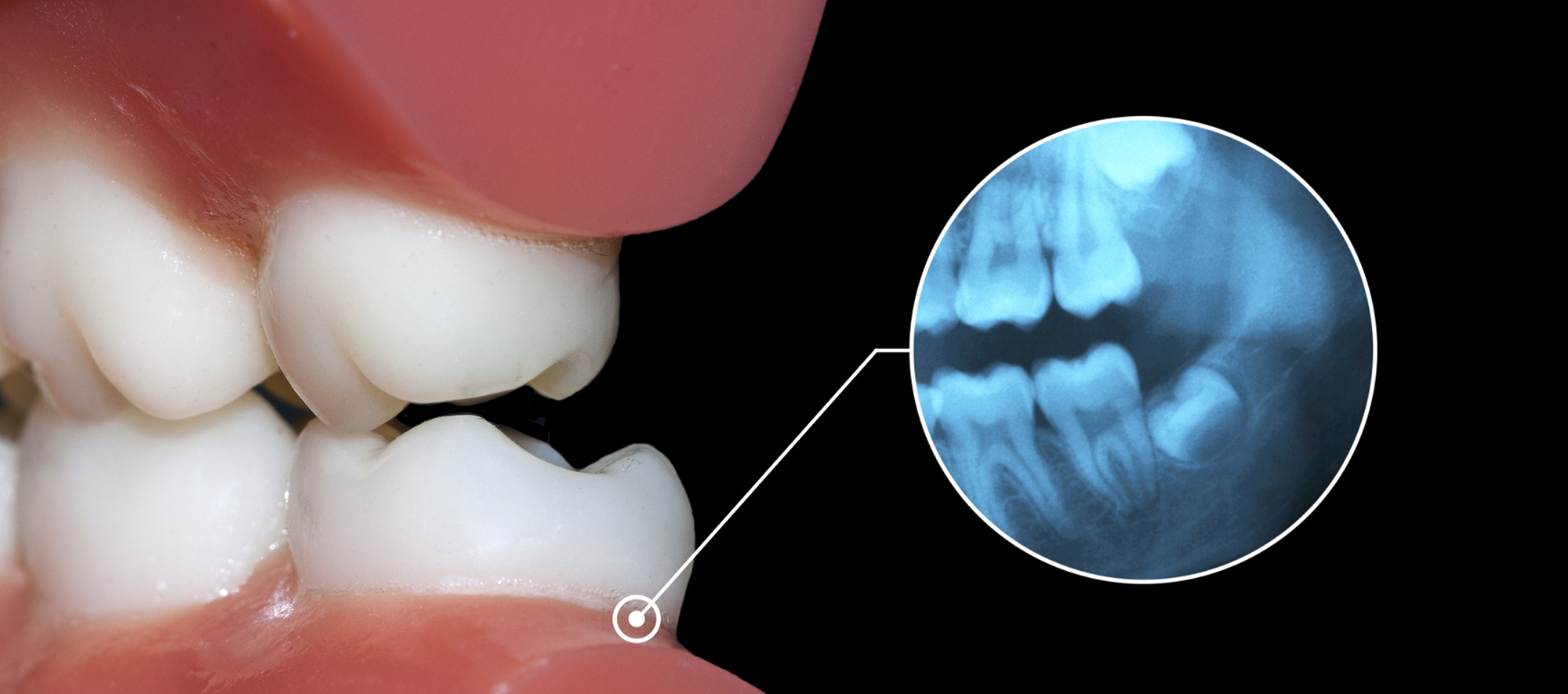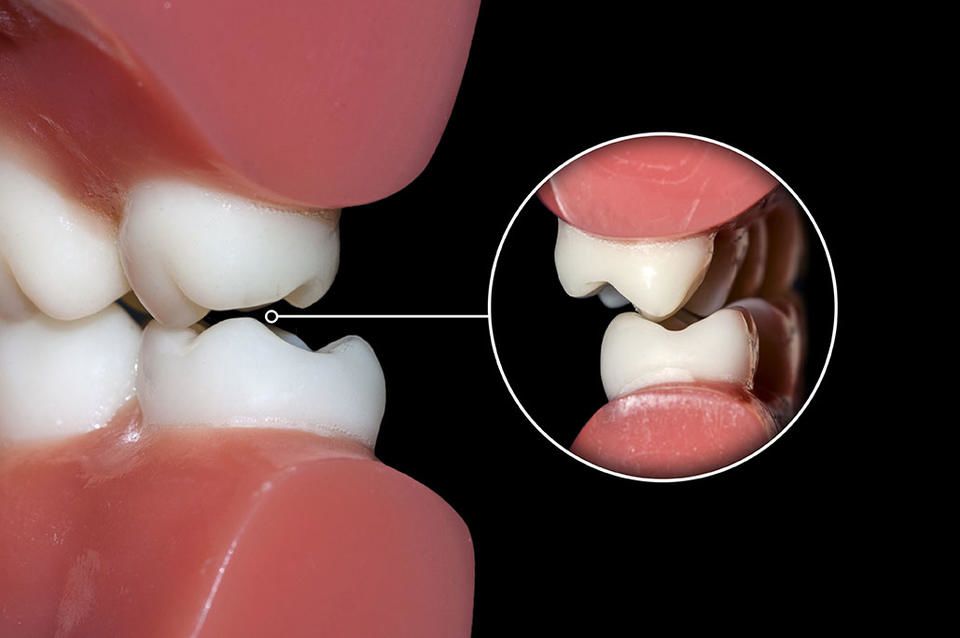Frequently Asked Questions About Occlusal Adjustment
Introduction
Welcome to our blog post on frequently asked questions about occlusal adjustment. If you’ve been experiencing issues with your bite or jaw alignment, occlusal adjustment might be a term you’ve come across. In this article, we aim to provide answers to some common questions related to this dental procedure. Whether you’re curious about the process, benefits, or potential risks, we’ve got you covered. Read on to learn more about occlusal adjustment and how it can help improve your oral health.
What is occlusal adjustment?
Occlusal adjustment, also known as bite adjustment, is a dental procedure that involves reshaping the biting surfaces of the teeth to improve the way they fit together. This procedure aims to correct any imbalances in the bite, which can lead to various dental problems.
Why is occlusal adjustment necessary?

Occlusal adjustment is necessary to address several dental issues, including:
- Uneven tooth wear
- Teeth grinding or clenching (bruxism)
- Jaw pain or discomfort
- Headaches
- Temporomandibular joint disorder (TMJ)
- Difficulty in chewing or biting
How is occlusal adjustment performed?
Occlusal adjustment is performed by a dentist or a prosthodontist. The procedure involves the following steps:
- The dentist will examine your bite and identify areas that require adjustment.
- Using dental instruments, the dentist will carefully reshape the biting surfaces of the teeth to achieve a more balanced bite.
- The dentist may also make adjustments to the dental restorations, such as crowns or bridges, to ensure proper alignment.
- After the adjustments are made, the dentist will check your bite again to ensure that it is properly balanced.
Is occlusal adjustment a painful procedure?
Occlusal adjustment is generally a painless procedure. Local anesthesia may be used to numb the area if necessary. However, some patients may experience mild discomfort or sensitivity after the procedure, which usually subsides within a few days.
How long does occlusal adjustment take?
The duration of occlusal adjustment depends on the complexity of the case. In most cases, the procedure can be completed in a single dental visit. However, more extensive adjustments may require multiple visits.
Summary
Occlusal adjustment is a dental procedure that involves reshaping the biting surfaces of your teeth to improve your bite and jaw alignment. In this blog post, we have addressed some frequently asked questions to help you understand this procedure better.
Some of the questions we have answered include:
- What is occlusal adjustment?
- Why might someone need occlusal adjustment?
- How is occlusal adjustment performed?
- What are the benefits of occlusal adjustment?
- Are there any risks or side effects associated with occlusal adjustment?
- How long does the recovery process take?
By providing answers to these questions, we hope to alleviate any concerns or uncertainties you may have regarding occlusal adju site here stment. Remember, it is always best to consult with a qualified dentist to determine if this procedure is suitable for your specific dental needs.
- What is occlusal adjustment?Occlusal adjustment is a dental procedure that involves reshaping the biting surfaces of the teeth to improve the way the upper and lower teeth fit together.
- Why is occlusal adjustment necessary?Occlusal adjustment may be necessary to correct bite problems, relieve jaw pain, reduce tooth sensitivity, prevent tooth damage, and improve overall oral health.
- How is occlusal adjustment performed?Occlusal adjustment is performed by carefully reshaping the tooth surfaces using dental instruments. The dentist will make precise adjustments to ensure proper alignment and balance of the bite.
- Is occlusal adjustment a painful procedure?No, occlusal adjustment is typically painless. Local anesthesia may be used to numb the area during the procedure to ensure patient comfort.
- Are there any risks or side effects associated with occlusal adjustment?Occlusal adjustment is a safe procedure when performed by a qualified dentist. However, there may be temporary tooth sensitivity or slight discomfort following the adjustment, which usually subsides quickly.
- How long does the occlusal adjustment procedure take?The duration of the occlusal adjustment procedure depends on the extent of the adjustments needed. It can range from a few minutes to an hour.
- Will occlusal adjustment fix my bite completely?Occlusal adjustment can significantly improve the bite, but in some cases, additional dental treatments may be required for a complete bite correction.
- How long do the results of occlusal adjustment last?The results of occlusal adjustment can last for many years. However, natural wear and changes in the teeth or jaw alignment over time may require periodic adjustments or maintenance.
- Is occlusal adjustment covered

Welcome to my website! My name is Ryan Sullivan, and I am a dedicated and experienced dental assistant. With a passion for oral health and a commitment to providing exceptional patient care, I am thrilled to share my knowledge and expertise with you.
